Structure of the Small Intestine
The small intestine is around 20 feet long and is divided into three parts:- Duodenum: This is the first part of the small intestine and is about 10 inches long. It receives partially digested food from the stomach and mixes it with digestive juices from the pancreas and liver.
- Jejunum: This is the middle section of the small intestine and is where the majority of nutrient absorption occurs. It is about 8 feet long.
- Ileum: This is the final part of the small intestine and is about 12 feet long. It absorbs remaining nutrients and pushes undigested material into the large intestine.
Functions of the Small Intestine
The small intestine has several important functions in the digestive process:- Digestion: It continues the digestion of carbohydrates, proteins, and fats that began in the stomach.
- Absorption: The lining of the small intestine contains small finger-like projections called villi, which increase the surface area for absorption of nutrients into the bloodstream.
- Transport: The small intestine moves food and nutrients along its length through a process called peristalsis.
- Immune function: It contains specialized immune cells that help protect against harmful bacteria and toxins.
Study Guide for the Small Intestine
To study the small intestine, it is important to understand the following key points:- Identify the three sections of the small intestine and their respective functions.
- Understand the role of the small intestine in digestion and absorption of nutrients.
- Describe the structure and function of villi in the small intestine.
- Explain the process of peristalsis and its role in moving food through the small intestine.
- Discuss the immune function of the small intestine and its importance in overall health.
◂Science Worksheets and Study Guides First Grade. Weather
Study Guide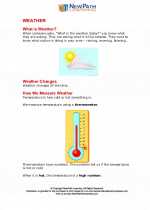 Weather
Weather  Activity Lesson
Activity Lesson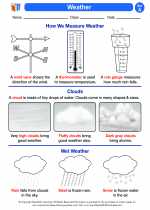 Weather
Weather  Worksheet/Answer key
Worksheet/Answer key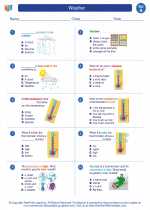 Weather
Weather  Worksheet/Answer key
Worksheet/Answer key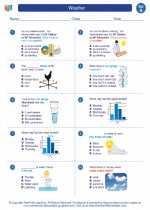 Weather
Weather  Worksheet/Answer key
Worksheet/Answer key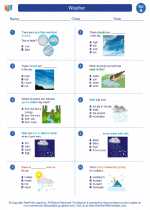 Weather
Weather  Worksheet/Answer key
Worksheet/Answer key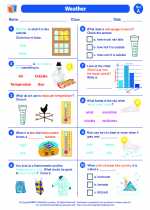 Weather
Weather  Vocabulary/Answer key
Vocabulary/Answer key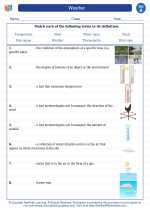 Weather
Weather  Vocabulary/Answer key
Vocabulary/Answer key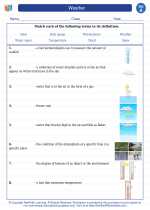 Weather
Weather 

 Activity Lesson
Activity Lesson
 Worksheet/Answer key
Worksheet/Answer key
 Worksheet/Answer key
Worksheet/Answer key
 Worksheet/Answer key
Worksheet/Answer key
 Worksheet/Answer key
Worksheet/Answer key
 Vocabulary/Answer key
Vocabulary/Answer key
 Vocabulary/Answer key
Vocabulary/Answer key

The resources above cover the following skills:
Earth Systems Science
Earth's materials can be compared and classified based on their properties. Students can:
Identify and represent similarities and differences such as the texture, size, color, and shape of various materials on Earth